Highest Magnitude Earthquakes From Different Countries
Highest Magnitude Earthquakes Across the Globe
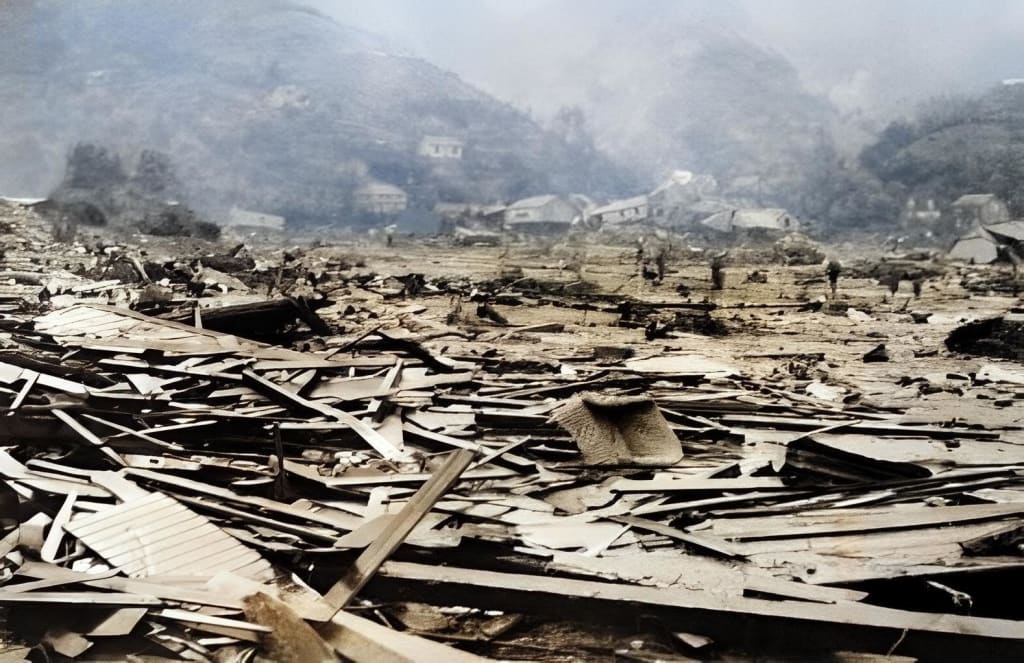
Introduction
Earthquakes are natural disasters that can cause widespread devastation and loss of life. They occur when there is a sudden release of energy in the Earth's crust, resulting in seismic waves. The magnitude of an earthquake is a measure of the energy released during the event. In this article, we will explore some of the highest magnitude earthquakes recorded in different countries around the world.
The Richter Scale and Magnitude
The Richter Scale is commonly used to measure the magnitude of earthquakes. It is a logarithmic scale, which means that each whole number increase on the scale represents a tenfold increase in the amplitude of the seismic waves. For example, a magnitude 6 earthquake is ten times stronger than a magnitude 5 earthquake.
Earthquake-prone Countries
Several countries are prone to earthquakes due to their location on tectonic plate boundaries. These regions experience frequent seismic activity and are more likely to have high magnitude earthquakes. Here are some of the countries known for their seismic activity and significant earthquakes:
1) Chile (Magnitude - 9.5

Chile is another country that experiences regular seismic activity due to its location on the Pacific Ring of Fire. The Valdivia earthquake in 1960 holds the record for the highest magnitude ever recorded. It had a staggering magnitude of 9.5 and caused widespread destruction in Chile and generated a tsunami that affected coastal areas as far as Hawaii, Japan, and the Philippines.
2) United States (Magnitude - 9.2)

The United States is a large country with diverse geological features, resulting in significant seismic activity. One of the most powerful earthquakes recorded in the United States was the Great Alaska Earthquake in 1964. It had a magnitude of 9.2 and caused widespread damage across Alaska.
3) Indonesia (Magnitude - 9.1)
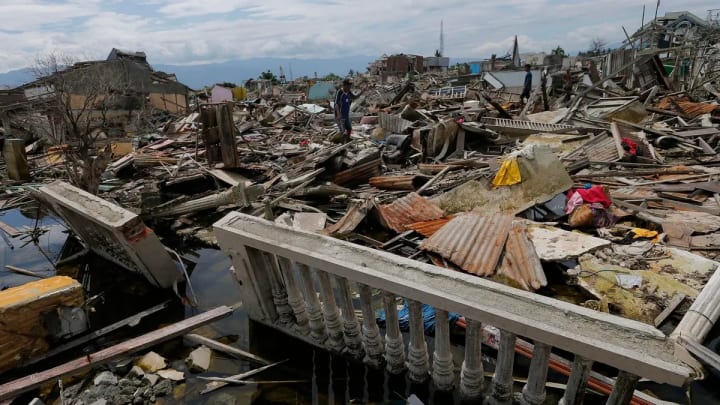
Indonesia is the world's largest archipelago and is located in an area where several tectonic plates meet. The country is prone to frequent earthquakes, and the Indian Ocean earthquake in 2004 was one of the most powerful earthquakes ever recorded. With a magnitude of 9.1, it generated a massive tsunami that affected several countries in the region.
4) Japan (Magnitude - 9.0)
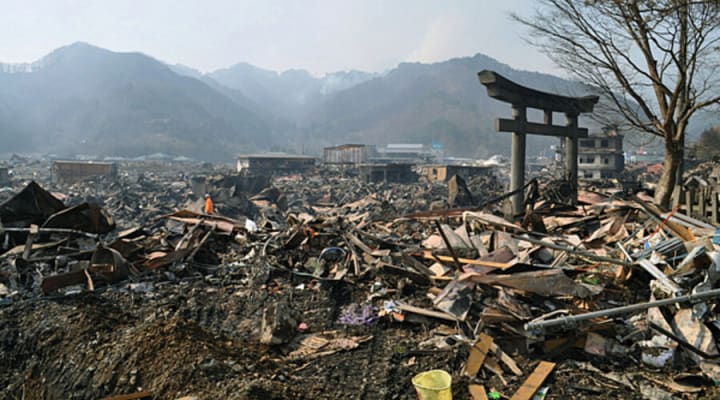
Japan is situated on the Pacific Ring of Fire, an area known for its intense seismic activity. The country has experienced numerous high magnitude earthquakes throughout its history. The Great East Japan Earthquake in 2011 had a magnitude of 9.0 and triggered a devastating tsunami, resulting in a significant loss of life and infrastructure damage.
5) Russia (Magnitude - 9.0)
Russia is the largest country in the world, spanning across multiple tectonic plates. The Kamchatka Peninsula and the Kuril Islands in Russia's Far East are seismically active regions. The 1952 Kamchatka earthquake had a magnitude of 9.0 and generated a destructive tsunami.
6) Mexico (Magnitude - 8.1)
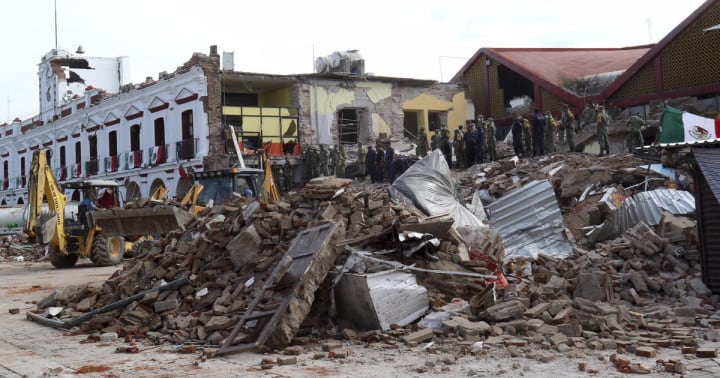
Mexico is situated in a seismically active region known as the Circum-Pacific Belt. The country has a long history of devastating earthquakes. One notable event is the Michoacan earthquake in 1985, which had a magnitude of 8.1. It resulted in the collapse of numerous buildings in Mexico City and caused thousands of fatalities.
7) China (Magnitude - 7.9)
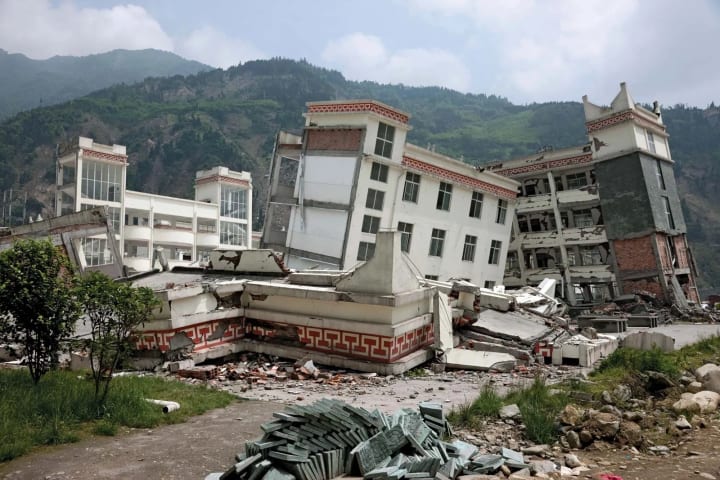
China is also a seismically active country, with several major fault lines running through its territory. The 2008 Sichuan earthquake is one of the deadliest earthquakes in China's history. It had a magnitude of 7.9 and caused extensive damage, particularly in the Sichuan province, resulting in tens of thousands of casualties.
8) Peru (Magnitude - 7.9)
Peru is situated on the Pacific Ring of Fire and experiences frequent seismic activity. The 1970 Ancash earthquake in Peru had a magnitude of 7.9 and caused a massive landslide that buried several towns. It resulted in one of the deadliest earthquakes in South American history, with a significant loss of life.
10) Nepal (Magnitude - 7.8)
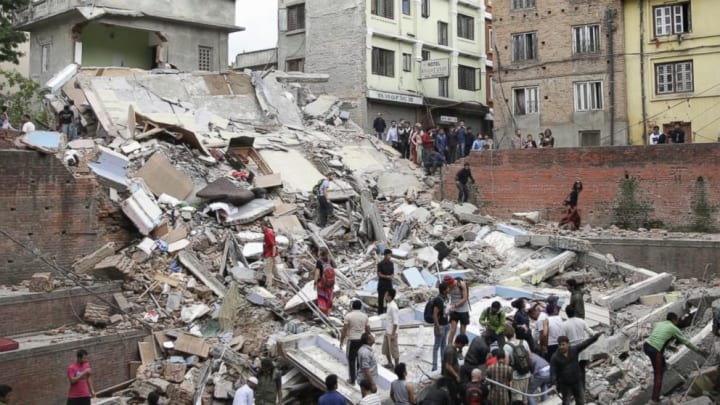
Nepal, located in the Himalayas, is prone to earthquakes due to its proximity to the collision zone between the Indian and Eurasian tectonic plates. The most destructive earthquake in Nepal's recent history occurred in 2015, with a magnitude of 7.8. It caused widespread damage in the capital city of Kathmandu and resulted in a significant loss of life.
11) Turkey (Magnitude - 7.6)
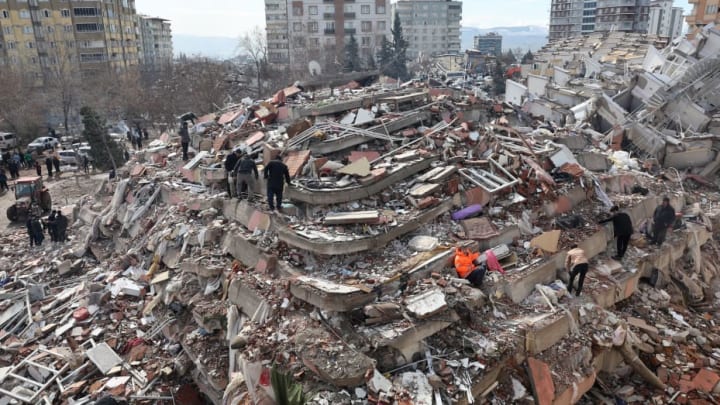
Turkey is located in a seismically active region known as the North Anatolian Fault. The country has experienced several high magnitude earthquakes throughout its history. The 1999 Izmit earthquake, with a magnitude of 7.6, struck northwestern Turkey and caused widespread destruction, claiming thousands of lives.
12) Italy (Magnitude - 7.2)
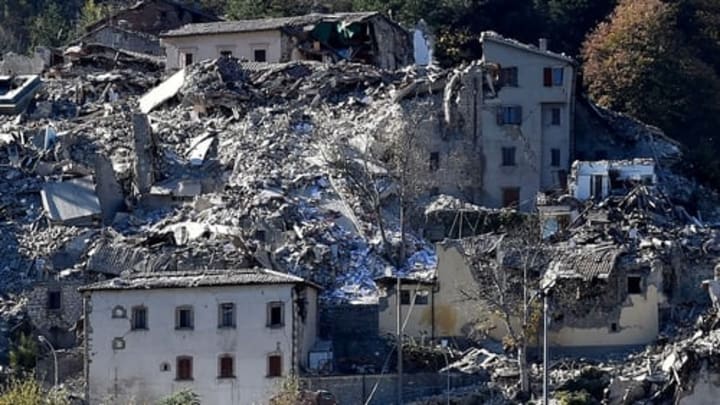
Italy is located at the boundary between the Eurasian and African tectonic plates, resulting in frequent seismic activity. The 1908 Messina earthquake in southern Italy holds the record for one of the deadliest earthquakes in European history. With a magnitude of 7.2, it caused the destruction of several towns and claimed the lives of tens of thousands of people.
13) Greece (Magnitude - 7.2)
Greece is located on a tectonic plate boundary, resulting in frequent seismic activity. The country has a long history of significant earthquakes. One notable event is the 1953 Ionian earthquake, which had a magnitude of 7.2 and caused extensive damage on the Ionian Islands and the western coast of Greece.
14) Iran (Magnitude - 6.6)
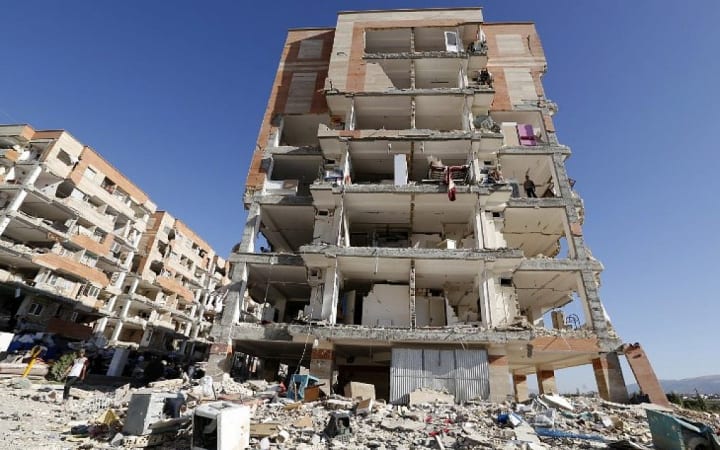
Iran is situated on several major fault lines, making it prone to frequent earthquakes. One of the most devastating earthquakes in Iran's history was the 2003 Bam earthquake. With a magnitude of 6.6, it caused the near-total destruction of the city of Bam and resulted in the loss of thousands of lives.
15) New Zealand (Magnitude - 6.3)
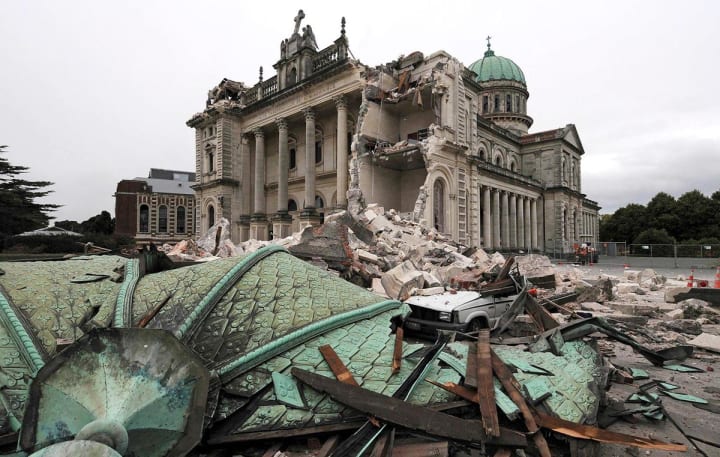
New Zealand is situated on the boundary of the Pacific and Australian tectonic plates, known as the Ring of Fire. The country experiences regular earthquakes, with some reaching high magnitudes. The 2011 Christchurch earthquake, with a magnitude of 6.3, caused extensive damage in the city and resulted in multiple fatalities.
Conclusion
High magnitude earthquakes have the potential to cause immense damage and loss of life. Countries situated in seismically active regions are particularly vulnerable to these natural disasters. It is crucial for governments and communities in these areas to be prepared with robust disaster management plans and infrastructure to minimize the impact of such events.
About the Creator
Enjoyed the story? Support the Creator.
Subscribe for free to receive all their stories in your feed. You could also pledge your support or give them a one-off tip, letting them know you appreciate their work.






Comments
There are no comments for this story
Be the first to respond and start the conversation.